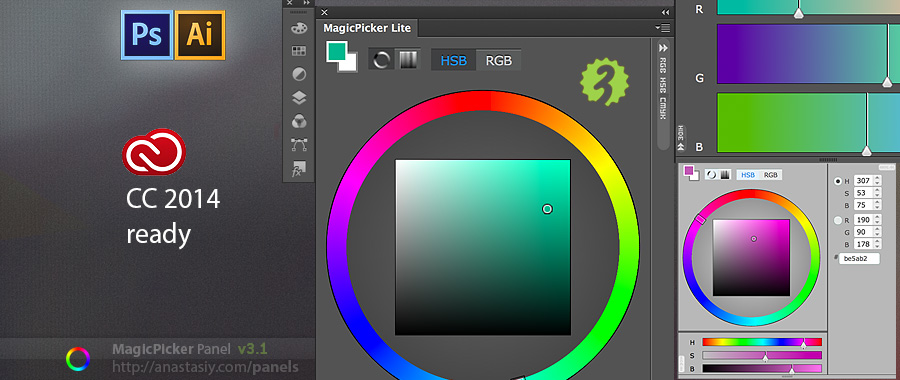

Typically, access is provided across an institutional network to a range of IP addresses. If you are a member of an institution with an active account, you may be able to access content in the following ways: Get help with access Institutional accessĪccess to restricted content on Oxford Academic is often provided through institutional subscriptions and purchases. The methods presented here can be easily performed in any microbiology laboratory and are not only applicable to screen for potential biocontrol agents, but also to better understand BFI. cinerea, but only in media in which soluble OA was detected by the fungus. The experiments performed demonstrated the suitability of the methods and confirmed that both bacteria were able to control the growth of B. cinerea, the oxalotrophic bacteria Cupriavidus necator and Cupriavidus oxalaticus were used as models.

Given that oxalotrophic bacteria have been shown previously to control the growth of B. Botrytis cinerea, a phytopathogenic fungus producing oxalic acid (OA) as pathogenicity factor, was used as model. This study aims to present novel experimental platforms for in-vitro experiments with fungal spores, in order to assess the effect of bacteria on germination and fungal growth control, to recover the metabolites produced in the interaction, and to enhance direct visualisation of BFI. However, this fails to consider other stages of plant infection such as the germination of a spore or a sclerotium. For instance, in the case of biological control of fungal pathogens by bacteria, a highly relevant kind of BFI, in-vitro experiments often assess the impact of a bacterium on the inhibition of actively growing mycelia. Bacterial-fungal interactions (BFI) play a major role on ecosystem functioning and might be particularly relevant at a specific development stage.


 0 kommentar(er)
0 kommentar(er)
